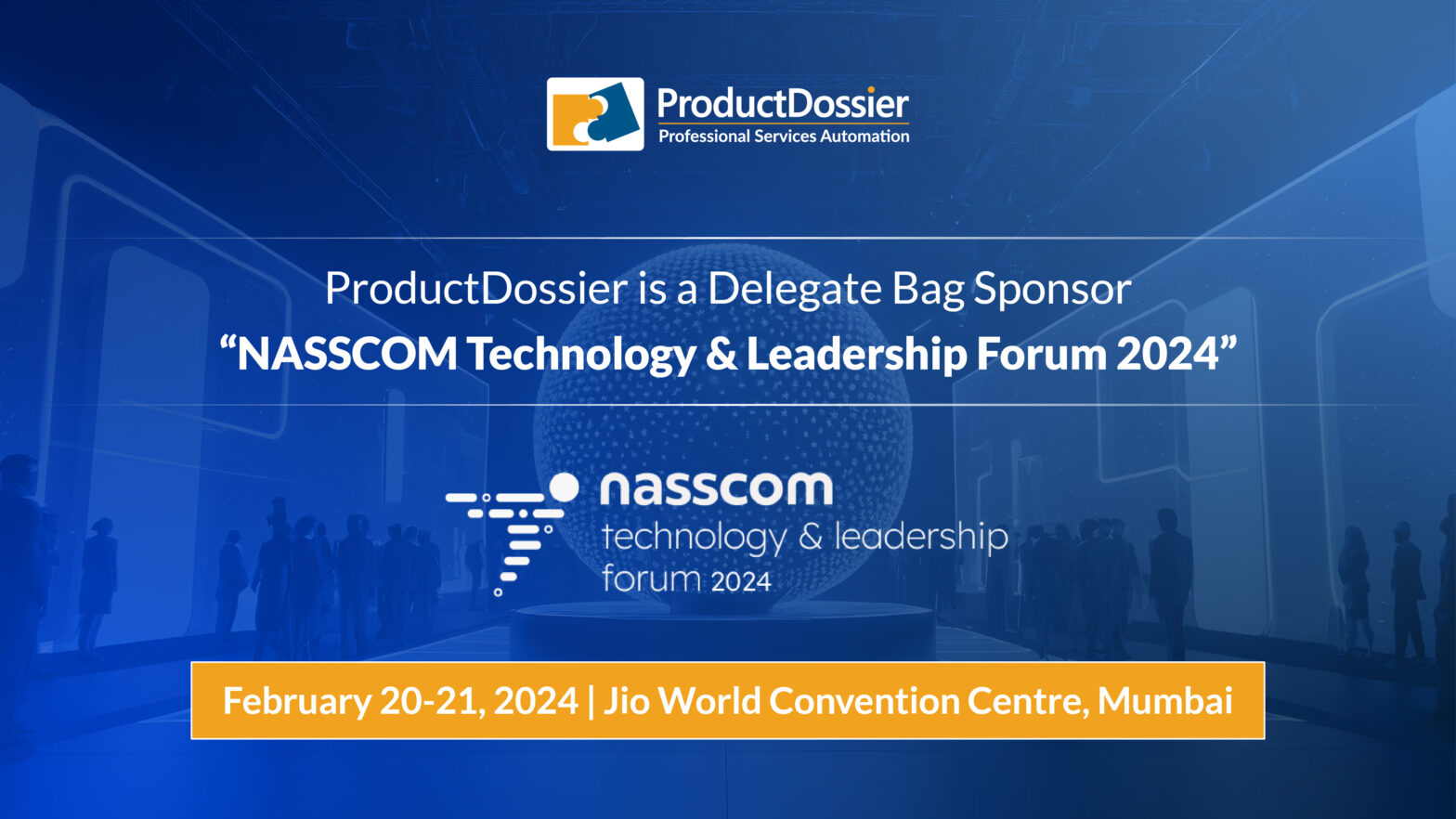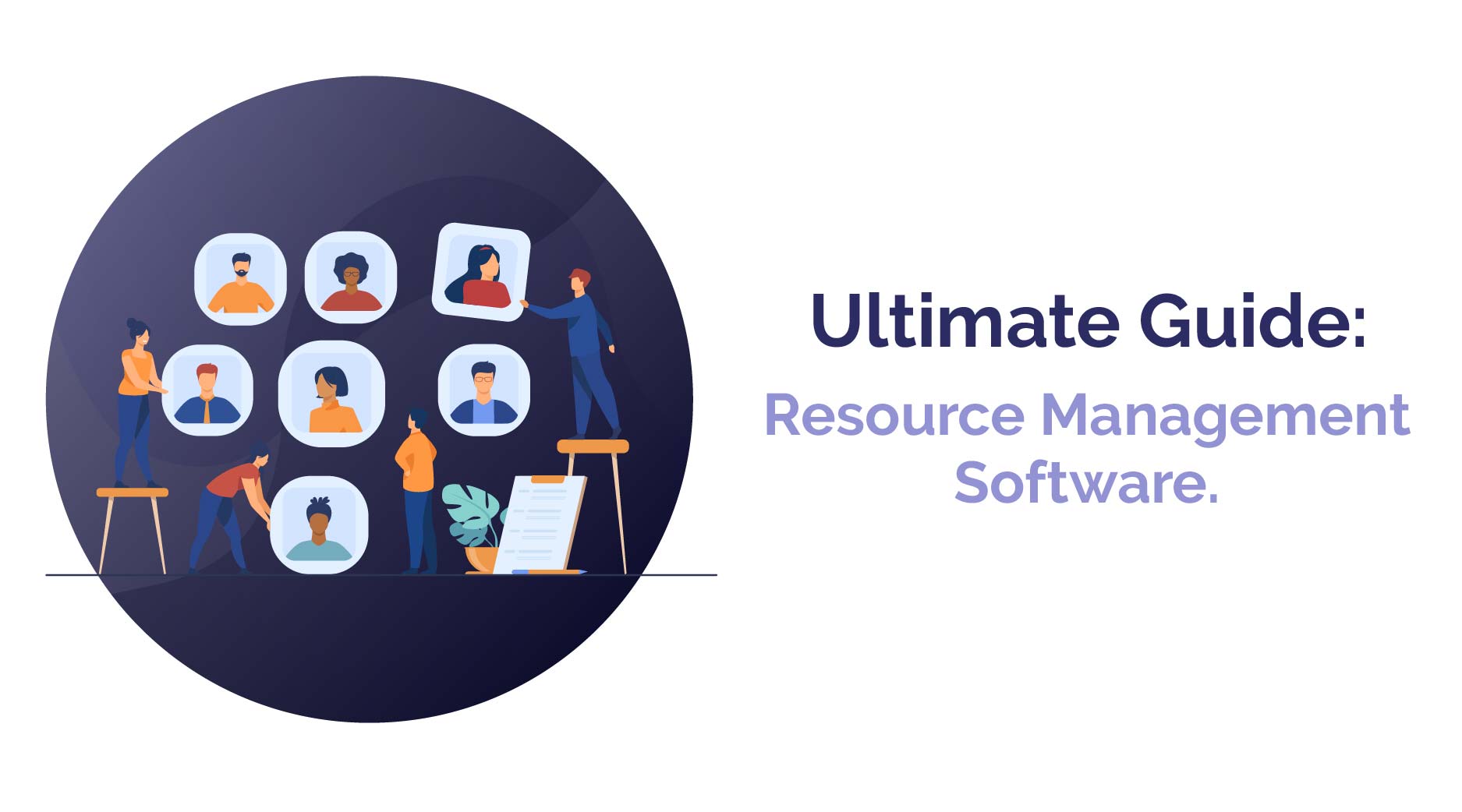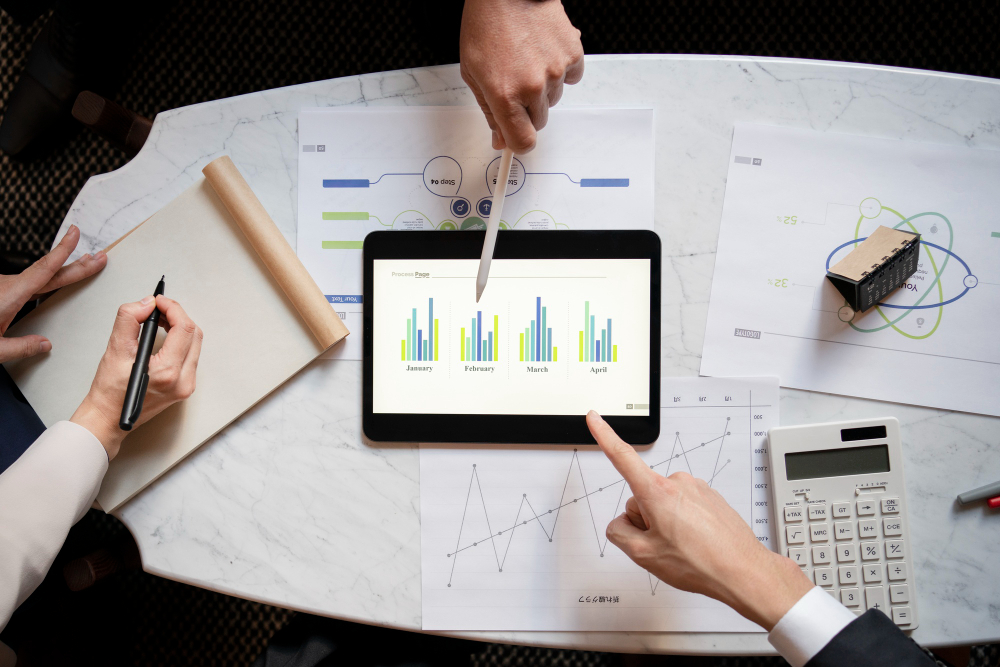Let us start with a fact.
Depending on how well or how bad your organization manages its resources, your leaders can deliver or destroy business value and drive cost optimization or lose cost control. It is easy to spot sub-standard resource management when your business experiences any or all the following pain points.
- Misaligned projects vis-à-vis resources prioritization.
- Significantly high cost of resource management.
- Reduced project profitability.
- Missed billing due to ad hoc resource tracking.
- Ineffective resource management drives higher attrition.
In a globalized business environment, a solid resource management system is a blessing. The flip side is – choosing the resource management software that is ‘best for your’ organization. Whether you like it or not, there is a plethora of vendors selling what they claim to be the number one resource management system on the planet!
How should businesses go about evaluating and selecting the right resource management?
Drawing from our insights by implementing TouchBase Resource Management software solution for numerous clients worldwide, there are three key dimensions that decision-makers must review before they sign the dotted line.
- The design strategy behind the resource management system.
- Capabilities that solve real-world resource management challenges.
- Value-to-Investment ratio.

Selecting resource management system: Key Dimensions
Let us dive deeper into each of these three core elements of a best resource management software.
- The Design Strategy
The resource management software design adopted by the software vendor indicates the thought process – is it strategic and visionary or tactical and follower.
It is essential to highlight that industries approach resource management in their own unique way. Additionally, the nature of projects also drives resource management. Consider these situations – external customer projects, new product development, fixed price projects, time & material projects. It is amply clear that resources are managed very differently in each of these cases. Further, organizations have their own standards, processes, templates, and decision-workflows for managing resources.
The global business world is moving into a digital era like never. In this backdrop, your resource management system must be built on the strong foundation of digitalization aimed at streamlined processes and decision-making.
Food for thought for decision-makers: Thoroughly review the overall design strategy. Evaluate how well the chosen resource management system gels with the ‘resource management culture’ of ‘your organization’. - Key Capabilities
I am a firm believer that “God is in the details.” Now that the design strategy is clear, let us shift our focus to the key capabilities. Best resource management software capabilities must be viewed holistically – from business demand management to resource release. Additionally, the capabilities must ‘flow’ smoothly without the need for meetings, emails, or phone calls (connect this with digitalization discussed earlier).
- Business Demand and Capacity Management.
Effective resource management begins by connecting business demand (quantum of work in the pipeline) with resource availability. A strong resource capacity planning software offers visibility to resource managers about the number of projects in the pipeline as well as the number of resources needed along with their competencies and skills. Based on this input, resource managers can proactively manage existing resources and trigger additional hiring resources. It is vital that your resource capacity planning software offers granular inputs about project duration, specific months, resources needed, effort required (in percentage or person hours). Only with such critical inputs, expect your resource management to be optimized.
TouchBase Resource Capacity Planning Software: Business Demand vs. Resource Supply - Creating Resource Pools
The struggle with resource management is largely due to the reliance on standalone Spreadsheets or emails. One of the approaches organizations and PMOs take for effective resource optimization is creating resource pools – either at the business unit level or at the enterprise level. With resource pools, business leaders and PMOs have absolute visibility into the entire resources at their disposal and enables resource management – in just a few clicks. For this, your resource management system must be powered by configurable resource pools and visibility to resource managers or PMOs. - Resource Skills & Competencies
Different projects and programs require unique skills, competencies, and experiences. Getting this level of detail for a medium (500 to 1000 employees) to large organization (over 1000 employees) is a herculean task, not to forget the time needed to get the ‘right resource’ for the project. Your resource management system must come equipped with the ability to capture resource skills, competencies, experience, location, cost profile, time-zone and other parameters that make resource management like child’s play! Remember that your project costs are tightly linked with your resource profile.
TouchBase Resource Management Software: Resources Skills & Competencies - Workflow-based Resource Request and Allocation
Depending on the size of the organization as well as the importance of the projects undertaken, resources are allocated based on multiple levels of scrutiny and approval. Unfortunately, such a process itself becomes a bottleneck in the absence of systems. Your resource management system must be able to define project-specific workflows for resource requests, review, approval, and resource allocation.
It may be pertinent to highlight that project may require resource allocation either as (i) soft or tentative booking and (ii) hard or committed booking. Mechanisms should exist in your resource management system to convert soft booking to hard booking. Alerts should be triggered to Requestors to let them know that either they release soft-booked resources or accept the cost of such resources. - Track and Evaluate Resource Utilization, Productivity, and Efficiency.
Three critical resource management parameters include utilization, efficiency, and productivity. As a senior business executive, you want that your resources are optimally utilized – closer to 100% is the ideal! It is common to observe one set of resources that are burning the midnight oil while another set is teeing away to glory – an indication of skewed resource utilization. If your total resources cost is USD 1 million and if your resource utilization is 70%, then you are staring at 300K USD of wasted costs – imagine the impact to your bottom line!
Comparing planned effort vis-à-vis actual effort expended by resources – an indication of the quality of estimation as well as resource efficiency. Resource efficiency can trigger coaching, training, and role change as well. Above all, tracking actual effort is critical for accurate and 100% client billing – when your customer pays based on T&M basis.
Productivity focuses on the nature of the work performed by resources. Decision-makers must ensure that their resources focus on high-value adding work and eliminate administrative/low-value ones.
For resource managers and PMOs to be successful, best resource management software must have inbuilt capabilities to track and evaluate the above dimensions with just a few clicks!
TouchBase Resource Management Software: Resources Utilization - Integrate with enterprise applications
A key pain point of modern organizations is running on multiple IT applications such as CRMs, ERPs, HRMS, Accounting, and others – the casualty being data integrity, as data reside on multiple applications. The result – unconvincing decisions! In this context, your resource management software must seamlessly integrate with other enterprise applications to deliver one version of resource truth! - Resource Analytics
Resource Managers and PMOs need access to resource analytics that could be configured to the needs of every project. Your resource management software must be capable of creating your organization and project-specific analytics – very quickly without the need for software programming!
TouchBase Resource Management Software: Resources Analytics
TouchBase Resource Management System: Resources Analytics
- Business Demand and Capacity Management.
- Value-to-Investment Ratio
It is important that your resource management software delivers clear and visible business impact, that is far greater and superior to the investment in the software itself. In fact, your investment in resource management system must start paying you back from day one of implementation.
Food for thought for decision-makers: Your resource management software can deliver business value in many ways including –
- Strategic resource management
- Digitized resourcing landscape
- Controlled resource allocation & tracking
- Timely effort tracking and 100% accurate client billing
- Higher project profitability and ROI.
Conclusion
Resource management is – and will continue to differentiate the ‘consistent winners’ vs. ‘also rans!’ As a business leader, how serious are you about managing resource costs and delivering value?








